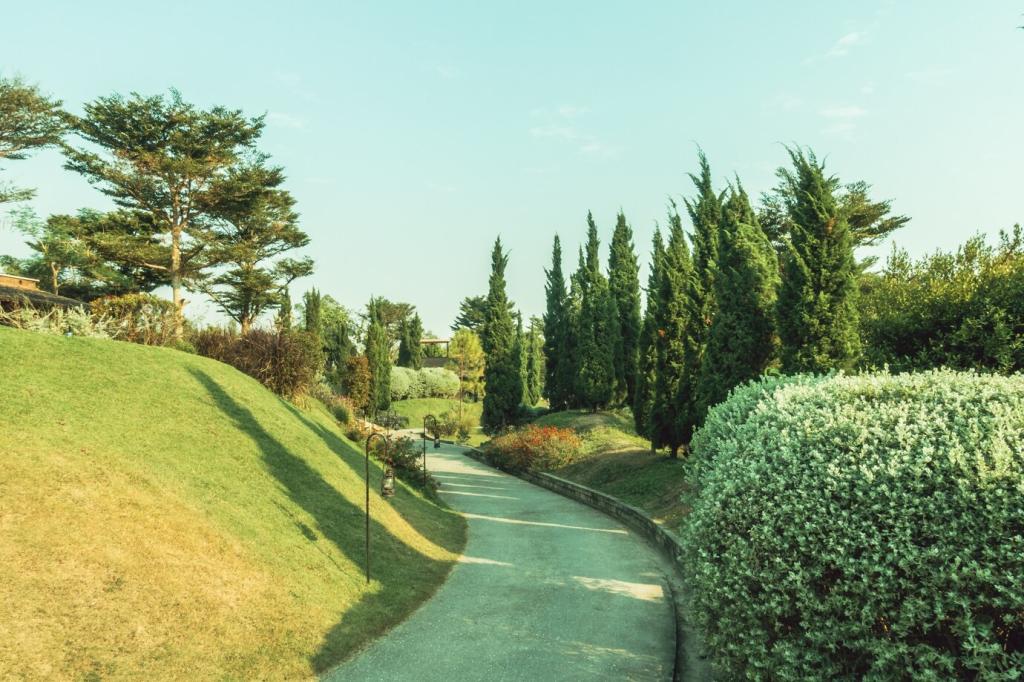Ethics at the Heart of Design
Protecting soils, restoring habitat corridors, and using native plant communities are not aesthetic afterthoughts; they are the engine of resilience. In one campus retrofit, prioritizing soil decompaction and leaf-litter mulching cut irrigation needs dramatically within a season. Share your favorite soil-first strategies below.
Ethics at the Heart of Design
Shade, comfort, safety, and belonging are design outputs. A plaza lined with fruit-bearing understory and seating beneath deciduous canopies invites lingering, conversation, and curiosity. When people feel cared for, stewardship follows. What simple amenity would most welcome your community into a greener routine?
Ethics at the Heart of Design
Fair Share means designing systems that cycle surplus—mulch, seeds, knowledge—back into the commons. Think tool libraries, community compost hubs, and seed-saving kiosks embedded into park plans. If your project produced a monthly surplus, who would receive it first, and how would you keep that loop open?








